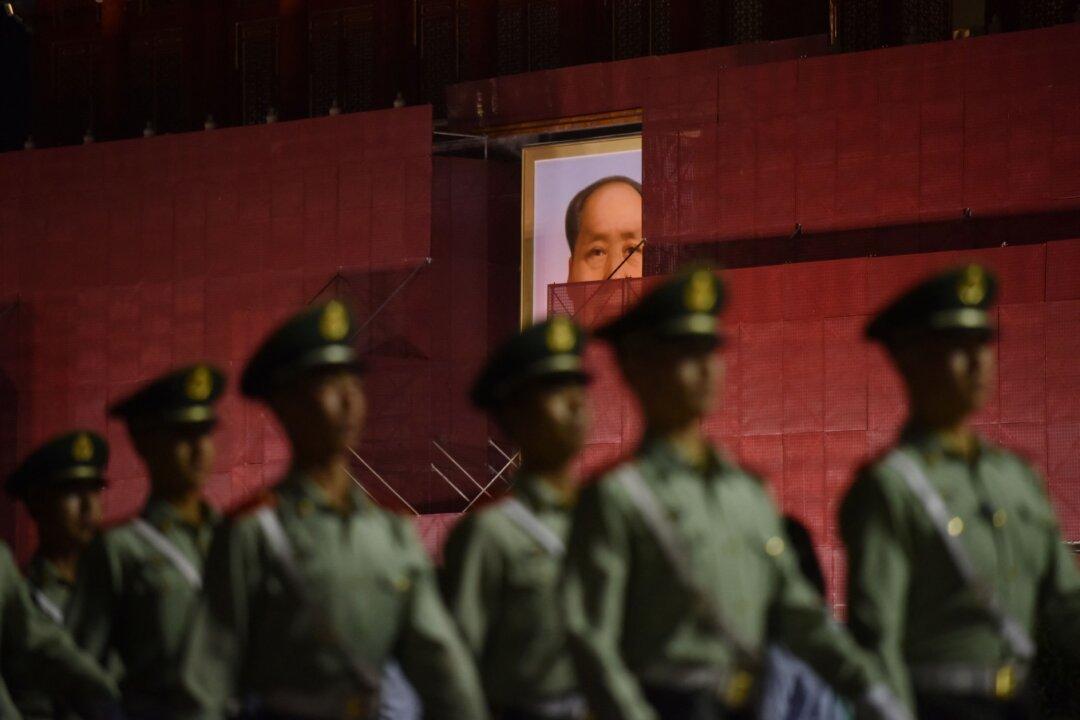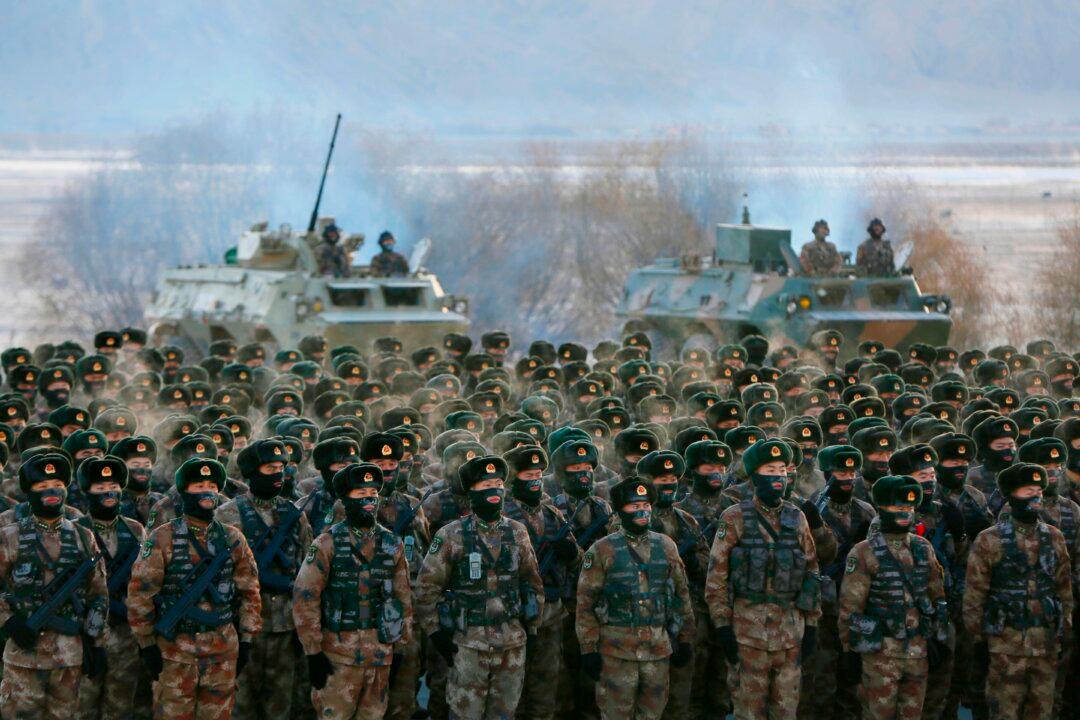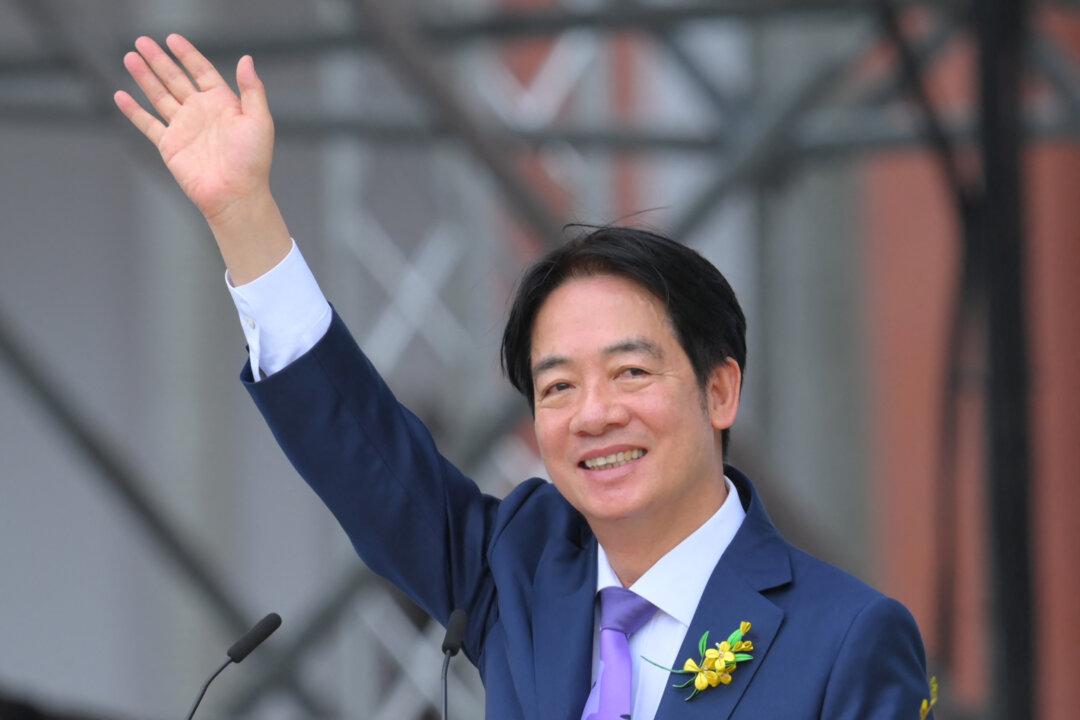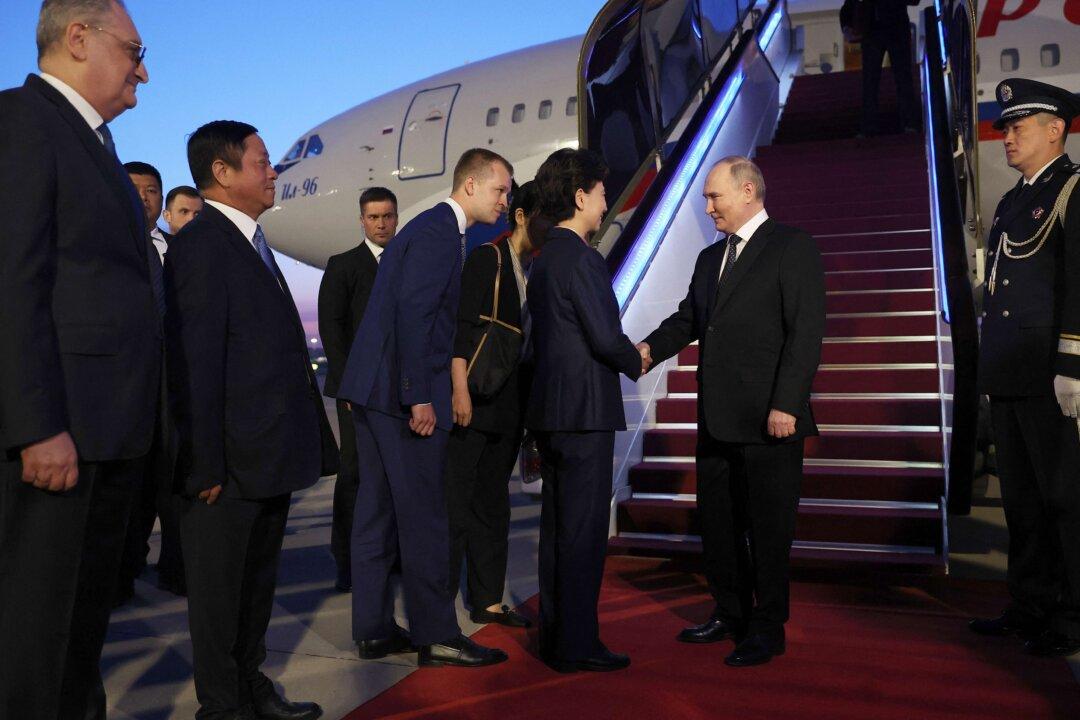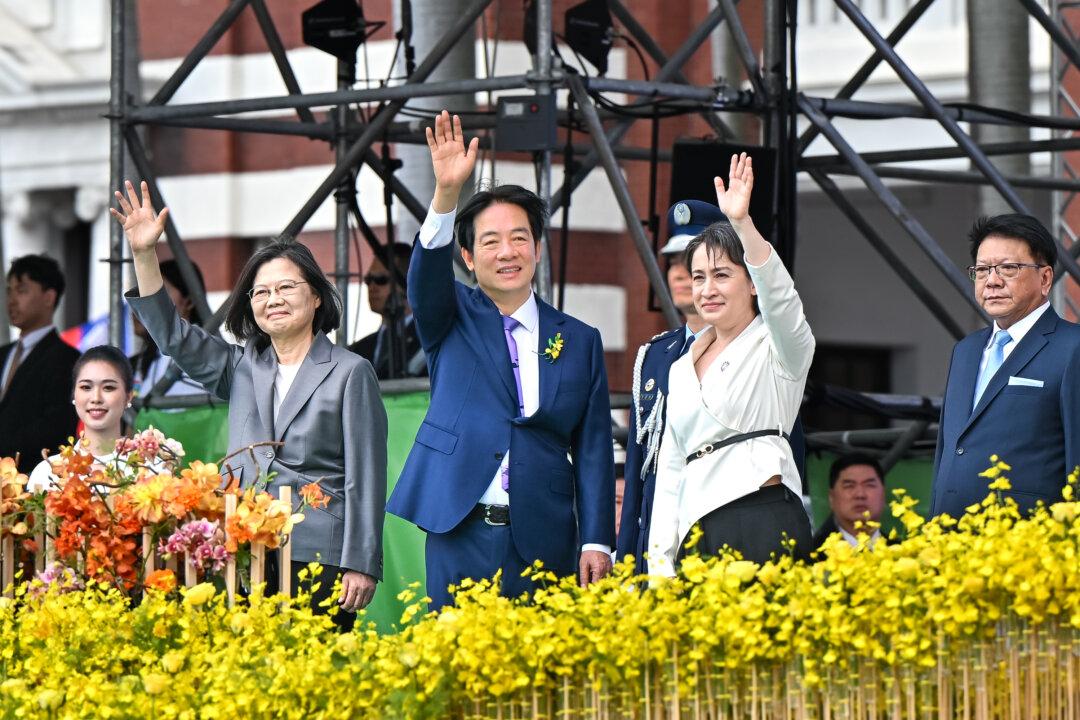It must be embarrassing for a former KGB agent like Vladimir Putin to be supplicant to Xi Jinping. As an old intelligence pro, he would know the history of the Chinese Communist Party (CCP) and the essential role the Comintern or Communist International played in directing and controlling the CCP from its earliest days until its victory in the Chinese Civil War.
The Comintern was created in 1919 by Vladimir Lenin and Leon Trotsky to advance world revolution. Through the Comintern, the Soviet Union possessed the first organized attempt at creating a worldwide communist revolution by targeting most states or empires, such as the British Empire, through their communist parties and by third actors who labored to overthrow their governments.
Mr. Putin is the inheritor of the Soviet state and is certainly cognizant that Russia has fallen to a new low in its modern history as the Russian leader goes to Mr. Xi to earn approval for his actions, such as the invasion of Ukraine. Where Moscow was once dominant and Chinese communist leaders like Mao Zedong bristled and chaffed at their humiliation engineered by Josef Stalin and his Comintern agents as supplicants to the Soviet Union, now Beijing is. Mr. Putin must have keen insight into Mao’s fury, if not an appreciation for an acute case of the shoe being on the other foot.
In a new book by Brigitte Studer, “Travellers of the World Revolution: A Global History of the Communist International” (Verso, 2023), elements of the Comintern’s impact on the CCP are insightfully analyzed. Ms. Studer’s work covers the broad history of the Comintern and its agents in the 1920s and 1930s. Comintern agents operated the world over, including the United States and China, with some becoming notorious, like Willi Münzenberg, Mikhail Borodin, M.N. Roy, and Agnes Smedley. Ms. Studer provides an exceptional account of the common threads of these agents as well as their unique personalities.
The author advances a clear analysis of the intent of the Bolsheviks in founding and employing the Comintern as well as of its permanent directing body, the Executive Committee of the Communist International (ECCI), and its evolution from a fighting organization, the entrepreneur of communist revolution, to a more bureaucratic apparatus that was anything but sclerotic, being more efficient and professional in the 1920s. Despite having global ambitions and designs and transnational actors and networks, Ms. Studer notes it cannot be forgotten that the Comintern’s political messages and activities were often adapted to local revolutionary needs and conditions.
Ms. Studer’s book provides a valuable account of the Comintern’s key role in influencing the Guomindang, the National People’s Party founded in 1912 by Sun Yat-sen (Sun Zhongshan), and the CCP. The Soviets decided in 1923 to forge an alliance with the Guomindang (GMD, or Kuomintang, KMT) over the minuscule and impotent CCP. This united front was engineered by Dutch Comintern emissary “Maring” (Henk Sneevleit) and started a flow of military aid and economic and diplomatic assistance as well as political and technical advisors to the GMD, most if all of whom were intelligence agents.
Ms. Studer’s book reveals that the Comintern provided Stalin with detailed knowledge of the circumstances in China and the conflicts between Comintern agents Borodin, who had been sent to China in 1923 as Sun’s personal adviser, and Grigori Voitinsky and the Central Committee of the Chinese Communist Party. A third major agent, Vasily Blyukher, who operated under the pseudonyms of “Galin/Galen” and “Uralsky,” was instrumental in assessing the military situation and operations.

Second, the work underscores how intertwined the Comintern was with the Soviet Communist Party and an instrument to advance Soviet interests. Ms. Studer’s focus on the Comintern’s involvement in China is centered on the 1920s when the complicated relationship between the GMD, the CCP, and the Soviets was pronounced. It was complicated because the Soviets perceived the GMD as a revolutionary instrument rather than the CCP, the GMD attempted to crush the CCP, and because of Stalin’s order for the CCP to penetrate the leftwing of the GMD in the fight against the rightwing of the GMD.
The lessons taught by the Comintern as the “ABCs” of advancing communist revolution and control are well evinced in the Chinese regime’s historical and contemporary efforts to advance communism. The ubiquity of agents, the United Front Work Department in its formal and informal guises, and the centrality of advancing the Party’s objectives remind us that the CCP has employed many of the tactics employed in the early decades of the Comintern.
An important element outside the scope of Ms. Studer’s analysis is the international dimension. While the Comintern’s penetration of the GMD and heavy influence on the CCP is necessary to understand, so is the balance between Soviet, Japanese, and German influence in China, as well as the British and American presence. Stalin also wanted a China that was sufficiently coherent to offset Japanese power and maintain a separation from British and American influence. He also kept a watchful eye on the German military mission to China, as Stalin did not want Berlin to be able to advance its interests at the Soviet Union’s expense. These strategic considerations mean the GMD was more important to the Soviet Union than the CCP.
The hard truth for the Chinese Communist Party is that its genesis, survival, and ultimate success were due to the Soviet Union and its direct actions and indirect ones conducted through the Comintern, the Japanese invasion, and the decisions made by the United States. Ms. Studer’s book shows us that the Comintern was a watchful and stern parent of the CCP but a parent who clearly favored the elder brother—the GMD. Dependence upon the Soviet Union is a history the CCP wants to forget. Ms. Studer’s work helps to ensure that it cannot be ignored. Moreover, U.S. officials and others should not be reluctant to remind CCP officials that the Party is artificial and illegitimate in every respect.
